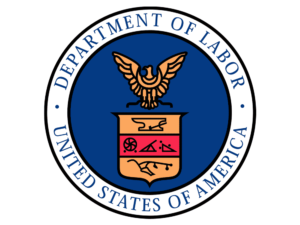After more than a year of proposed changes, lawsuits and “final” changes that ended up not so final, growers making plans for their H-2A contracts are still subject to the same rules as always.
Currently, growers must use the 2020 Adverse Effect Wage Rate, or AEWR, when calculating wages for H-2A workers. Due to a federal judge’s order, the U.S. Department of Labor is expected to set the 2021 AEWR sometime before Feb. 25 using the same methodology it has since 2010.
AEWR had been the subject of proposed federal rule revisions and two legal challenges. The Department of Labor had proposed freezing AEWR for two years and then basing future rates on economic indicators of the cost of living, but the United Farm Workers union challenged that in the Eastern District Court of California. A Fresno-based judge ruled in the union’s favor and ordered the Department of Labor to resume calculating AEWR by the annual Farm Labor Survey conducted each year by the U.S. Department of Agriculture.
Growers are required to pay H-2A workers the highest of AEWR, a contracted rate, a state or federal minimum wage or a prevailing wage. Also, whatever growers pay H-2A workers, they must also pay domestic workers doing the same jobs, creating a de facto wage floor for the whole industry, said Kate Tynan, vice president of the Northwest Horticultural Council.
Meanwhile, revisions to H-2A rules first proposed in 2019 intended to streamline hiring and protect workers were almost finalized earlier this month by the Department of Labor. However, department officials did not post the changes in the Federal Register before President Joe Biden took office. It’s unclear what will happen to them now, Tynan said.
Those changes would have mandated electronic filing of job orders, permitted joint applications for small employers and allowed employers to stagger entry of their workers, among other revisions.
—by Ross Courtney







Leave A Comment